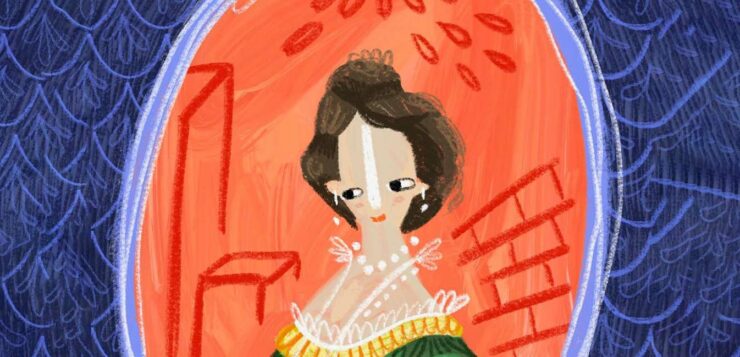The 2019 General Election, saw a record-breaking 220 women elected to be Members of Parliament. The first woman MP to take her seat, Nancy Astor, was elected one hundred years before this in 1919. So, how did we get from Nancy Astor to Theresa May, with the gender divide in the Commons ever-decreasing? What work is still to be done? Here’s the journey of women in UK politics tracked through some key milestones from the past 100 years.
1918: The Representation of the People Act and The Parliament (Qualification of Women) Act
Though many still consider 1918 to be when women got the vote in Britain, enfranchisement was only extended to women aged over 30 who could meet a property requirement, or whose husband could.
Passed the same year, the Qualification of Women Act enabled women to stand for election to Parliament – provided they were over 21 years old. The first woman to be elected as an MP was Constance Markievicz, for the Sinn Féin party, but she did not take her seat, having refused to take an oath of allegiance to the king.
1919: Nancy Astor becomes the First Woman MP
This American-born politician was also the first woman to pass a Private Members’ Bill in the House of Commons. A candidate for the Union party (now the Conservative Party), Astor was responsible for prohibiting the sale of alcohol to those under 18. Battling heckling in the Commons and conspicuous sexism, Astor supported any other women MPs regardless of their party and argued for health and social care reform. It was certainly an uphill climb for Astor, who found some other MPs would refuse to talk to her, and was told by Winston Churchill that they hoped to ‘freeze her out’.
1928: The Equal Franchise Act
This Act gave all women equal voting rights to men – those aged over 21 years old could now vote, and many did so for the first time in the general election of 1929.
1929: Margaret Bonfield becomes the First Woman to be a Cabinet Minister
Bondfield was made Minister of Labour for the Labour government, after previously being the Parliamentary Secretary to this role. Like Astor, Bondfield greatly influenced women’s rights and worked throughout her career to progress towards gender equality and universal suffrage.
1958: First Women in the House of Lords
By this point, women had been allowed to stand for election to the House of Commons for forty years, but excluded from the House of Lords. 1958 saw four women elected as life peers alongside ten men. It was not until 1963, however, that women were allowed to become hereditary peers.
1975: Maureen Colquhoun Becomes the First Openly Gay Woman MP
The Daily Mail reported that Colquhoun had moved in with a female partner, a headline which the MP took in her stride – she would not apologise for her sexuality or her opinions. Sadly, this had a negative impact on Colquhoun’s public support and she lost her seat at the next general election.
1979: Margaret Thatcher becomes the First Woman Prime Minister
The controversial Margaret Thatcher divided feminists when she became the first woman MP to lead but seemingly sidelined all others during her eleven-year tenure.
1987: Diane Abbott becomes the First Black Woman to be elected as an MP
Still a famous political figure serving today, Labour’s Diane Abbott was the first Black woman to be elected as an MP. She has served in the same constituency she was first elected in, Hackney North and Stoke Newington, uninterrupted ever since.
1992: Betty Boothroyd becomes the First Woman Speaker of the House of Commons
Still the only woman to serve as Speaker, Boothroyd is an ex-Labour MP who served as Speaker for eight years, being praised by ex-Prime Minister John Major as ‘outstanding’ in the role.
1997: A Record Number of Women MPs are Elected under New Labour
Nicknamed ‘Blair’s Babes’ by the media – coined, of course, by the Daily Mail – Tony Blair’s first general election win in 1997 saw the election of 101 women MPs to New Labour – it was, back then, the highest number ever elected.
2016: Theresa May becomes the Second Woman Prime Minister
Conservative MP Theresa May became Britain’s second woman Prime Minister in 2016 and served until she stepped down in 2019. It is perhaps unsurprising that May has been compared to Margaret Thatcher – Jacob Rees-Mogg explicitly encouraged May to draw inspiration from Thatcher when she hashed out her Brexit strategy and leadership style.
While we have gone a long way from the hostility Nancy Astor faced, women at the top are still lumped together in the same sparsely populated category regardless of their differences, and measured against one another as opposed to other, male Prime Ministers. But if we are to progress with the way we think about women in politics, they need to be judged on an individual basis too – a right we have always given to men.




